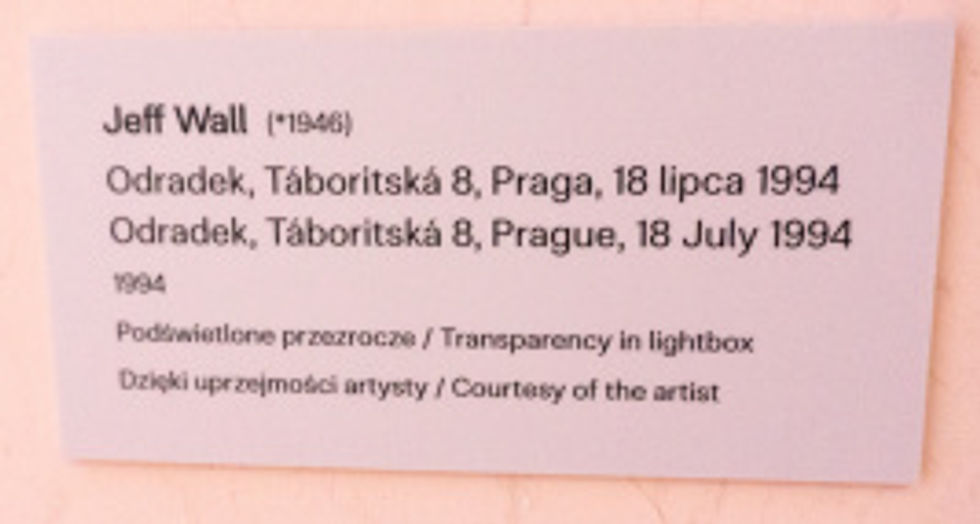The term avant garde comes from the French for the advance guard and originally comes from the military term for the small military unit that was deployed in front of the main troops. The term has been used for political movements that were seen as progressive. The term is now commonly used in art to describe artwork that is deemed to be experimental, radical, or unorthodox.

Figure 1: Sutherst. 2017
The work often has a hidden meaning. For example, Marcel Odenbach’s work ‘Closed and Hanged’ 2013 (figure 1), appears on first glance to show four red judges’ robes and matching velvet berets hanging from branded designer hangers on a metal clothes rack, while traces of red ink drip down the walls beneath the gowns. The image is stunning beautiful and really draws the viewer in. When I looked closer at the work, I noticed that the artist had used an assortment of collaged pieces of paper in the work. These pieces of paper appear to be historical in origin, but I was unsure of their source.
Between each of the clothes hooks are black and white images that appear to show images of Nazis that were presented as evidence in war crimes trials. The message hidden in this work is clear to me, Odenbach has chosen to comment on the German atrocities carried out during World War 2.
Other images below show the range of work on show.



















Comentarios